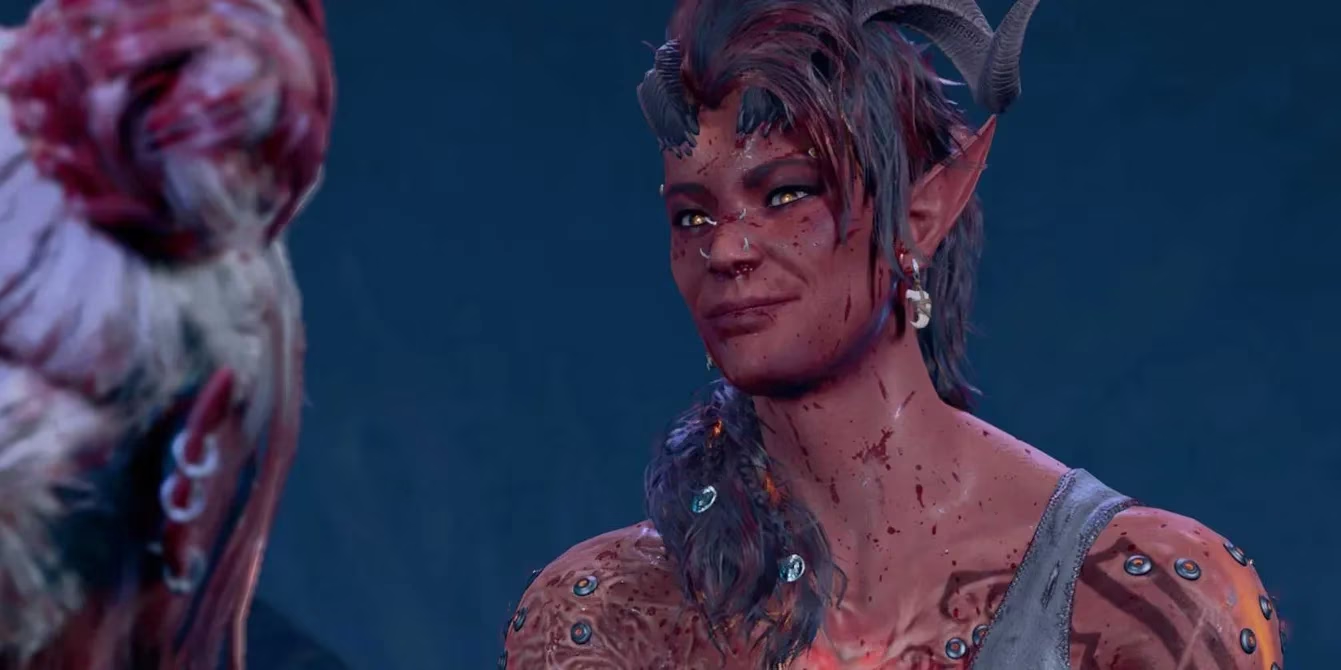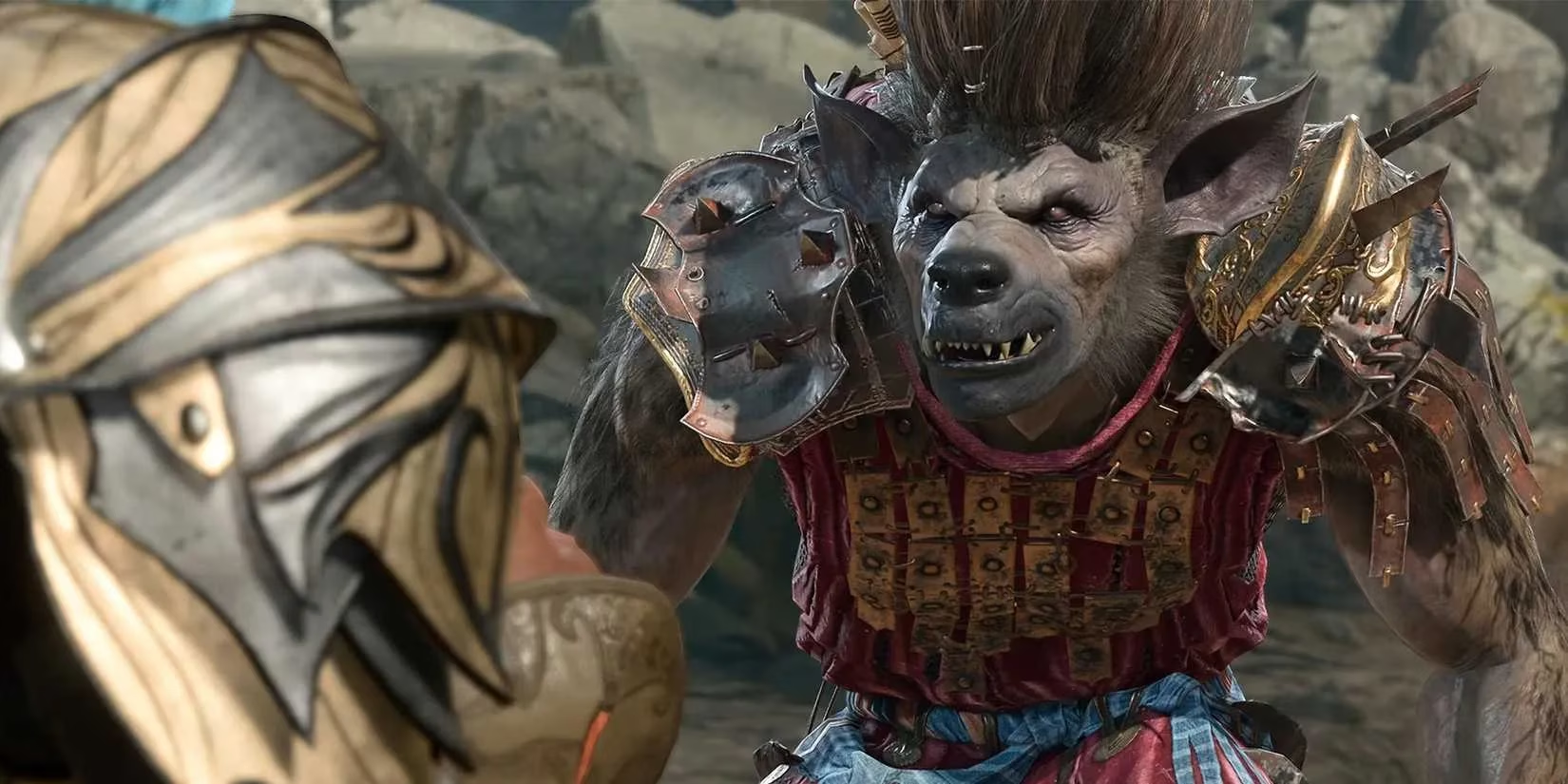The world of Faerûn just got a bit more polished as Larian Studios rolls out what appears to be Baldur's Gate 3's final significant update. While the award-winning RPG won't receive new story expansions after this patch, the studio has meticulously addressed lingering quirks and performance issues. This update notably introduces a native Steam Deck build, eliminating the need for resource-heavy compatibility layers and promising smoother framerates for handheld adventurers. Beyond hardware optimizations, the patch tackles dozens of bugs, including one particularly bizarre visual glitch involving floating blood pools that only manifested under absurdly specific conditions.

Steam Deck Optimization and Bug Squashing
This update brings substantial quality-of-life improvements:
-
🎮 Native Steam Deck Support: No more Proton layer! The game now runs directly on Valve's handheld, slashing CPU usage by up to 40% in stress tests. Gamers report significantly reduced loading times and fewer frame drops during intense combat sequences.
-
🛠️ Xbox Enhancements: Memory leak issues causing crashes in Act 3 have been resolved, along with texture streaming improvements for smoother exploration.
-
🧪 Crash Reduction: Over 20 edge-case scenarios leading to game instability were patched, particularly during multiplayer sessions or complex spell interactions.
Performance isn't the only focus though. Larian continues refining those immersive details that make Faerûn feel alive, even if it means hunting down obscure visual glitches only triggered by the most niche character builds.
The Curious Case of the Floating Blood
Among the fixes lies one delightfully strange bug resolution. Players traversing the Risen Road in Act 1 might have encountered a mysteriously suspended pool of blood during a cinematic encounter with gnolls. This wasn't random chaos though—it required painfully specific conditions:
| Trigger Requirement | Result Without Condition |
|---|---|
| Dark Urge Origin | No floating blood |
| Short Body Type | No floating blood |
| Both Conditions | Persistent visual glitch |
Interestingly, neither short non-Dark Urge characters nor tall Dark Urge characters triggered this anomaly. The fix highlights how modern RPG coding resembles a house of cards—alter one seemingly unrelated variable (like character height in a dialogue tree) and you might summon phantom blood pools miles away. This purely cosmetic fix underscores Larian's commitment to polish, even for glitches affecting minuscule player subsets.

People Also Ask
- Will Baldur's Gate 3 get DLC or expansions?
Larian has confirmed this marks their final major update, focusing instead on new projects. The studio believes the core game offers a complete experience after nearly two years of refinements.
- Does the Steam Deck update affect mod compatibility?
Most popular mods remain functional, though script-extenders may require updates. Larian recommends verifying file integrity if mods behave unexpectedly post-patch.
- How long was Baldur's Gate 3 in active development?
Counting its early access period, developers refined the game for over 5 years before this feature-complete state. The final patch arrives 22 months after official launch.
- Why focus on minor bugs like floating blood?
As senior programmer Elara Vance notes: "In RPGs this vast, cosmetic glitches erode immersion. Fixing them is our love letter to players who notice every scar on a gnoll's armor."

Reflections on RPG Complexity
The resolution of that floating blood glitch—requiring such bizarrely specific circumstances—invites broader contemplation. What does it say about modern game development when a character's height in one storyline can cascade into visual chaos during an unrelated gnoll encounter? As we celebrate Baldur's Gate 3's polished finale, one wonders: Does eliminating every microscopic imperfection enhance our experience, or does chasing perfection risk stifling the beautiful chaos that makes RPGs magical? Perhaps those phantom blood pools were Faerûn's way of reminding us that even meticulously coded worlds retain delightful quirks. Where do we draw the line between necessary polish and preserving a game's organic, unpredictable soul?
